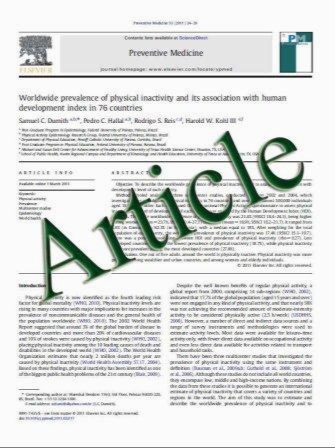Anteroposterior stability after posterior cruciate-retaining total knee arthroplasty
- نوع فایل : کتاب
- زبان : انگلیسی
- مؤلف : A. J. Schuster • A. L. von Roll • D. Pfluger • T. Wyss
- چاپ و سال / کشور: 2011
Description
Purpose A functional posterior cruciate ligament (PCL) is important for the knee stability after PCL-retaining total knee arthroplasty (TKA). The objectives of this study were to determine the anteroposterior (AP) displacement of the knee after a mobile- or fixed-bearing PCL-retaining TKA operated with a ligament-balancing technique and the correlation of AP stability with the clinical outcome. Methods The AP displacement of 160 TKAs in 143 patients was measured pre- and intra-operatively, and the results were compared to the AP displacement measured 4 years post-surgery. Results The change in AP displacement from intraoperative measurement to follow-up at the 25 measuring point was -1.2 mm; at 90, it was -0.2 mm. Mobile bearings showed significantly greater AP displacement than fixed bearings. Older patients, male patients and patients receiving a fixed prosthesis had lower post-operative laxity compared with the overall population. Conclusions The small change in AP displacement indicates that the PCL remains functional over time. In our study, we could not find any correlation between knee AP stability and clinical outcome, including passive flexion, Knee Society Score or Visual Analogue Scale of pain and satisfaction. Level of evidence IV.
Knee Surg Sports Traumatol Arthrosc (2011) 19:1113–1120 DOI 10.1007/s00167-010-1364-1 Received: 2 November 2009 / Accepted: 13 December 2010 / Published online: 14 January 2011


